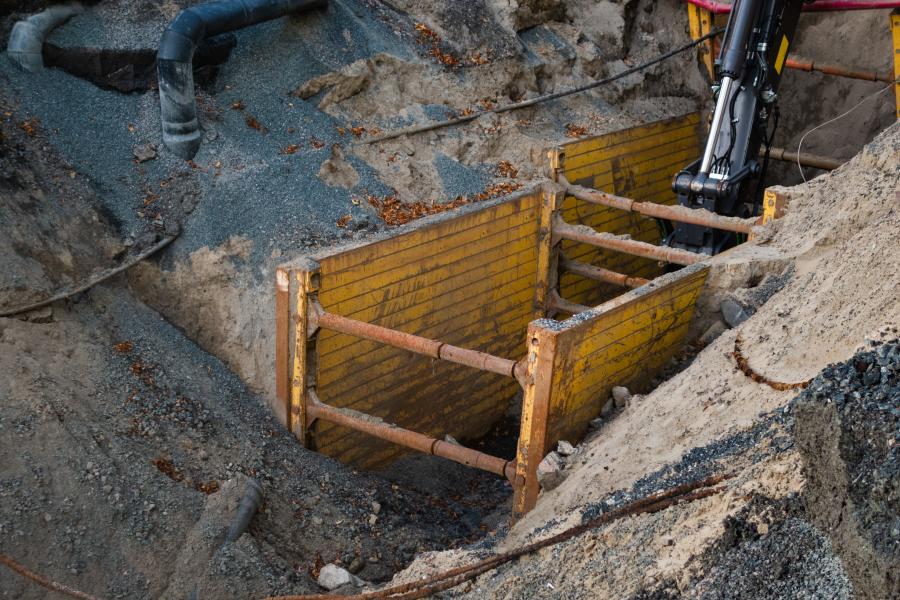The digging of trenches is a crucial component of a variety of constructions as well as engineering sites. They are utilized for the construction of telephone lines, pipes or any other type of tubular structure which needs to be installed underground, such as oil rigs, oil pipelines, etc. Trenching is often a strenuous work as the soil found in these areas is characterized by excessive levels of moisture. This creates difficulties when trying not only to remove all dirt and debris around objects but also to keep yourself protected during this procedure since accidentally exposing skin could result in serious injury.
Trenchboxes are necessary for any type construction or repair work that has to be performed in the ground. Trench boxes are also employed to safeguard against collapse , based on soil’s characteristics and the thickness of the soil. They are made from aluminum/steel framing, which is utilized to temporarily hold it in place as excavations take place within them. Then, the grout is affixed to two layers to prevent cracks from forming at the level of the site.

Pre Installation
It is crucial to determine the potential hazards prior to beginning excavation. This involves knowing what equipment is needed and the number of individuals have access. This also permits you to think about other ways of completing the task without placing your life in danger. The pre-excavation survey must include an assessment of risk to ensure that all potential hazards are easily recognized. This reduces the risk of any unexpected problems later on.
Also, you should consider the depth of the trench. A 5-foot strip of concrete can be used to support your needs. If your trench is greater than it, then shoring, or sloping might be necessary. If, however, the 20-foot deep trench has no straight sides, any building above ground must take into account the higher danger of foundation movement.
A ladder, step, ramp or ladder must be used to get into the trench. In the event emergencies it is essential to have an accessible area of 25 feet or less. There may be a need to check the levels of oxygen and toxic gases by using specially-designed boxes referred to as “trench boxes”. The setup of these devices is simple, however they may increase the risk of stacking them over each other because you aren’t sure how high your piles will extend to their weak bottom.
Care: Caring for the trench
1. For any signs of damage or movement, make sure you check the trench box every day.
2. Wearing protective equipment is a must used by every employee working on-site.
3. The best practice is to keep heavy equipment and other tools at least 3 feet from the trench edge.
Extracting
It’s more difficult to dig a trench than to dig it, due to the earth surrounding it moves. Chain slings may be utilized to lift soil while three methods are available to lift it. The last is using an overhead crane.
1. Straight Pull: This is the most fundamental of all extraction methods. Attach your sling between the two points and pull it out. It is not necessary to exert any force or unneeded movements.
2. Half Pull Attach the half-pull at one side of the trench box, and then lift as much as you are able before moving forward. It is possible to remove dirt and other debris from the trench box and not cause any damage.
3. Single Pull to move the trench box you attach a single leg of chain slings to an lifting or extraction point, then lift each panel each time. It is possible to remove it using your trusted pull.
For more information, click trench box